The beautiful people and the badly-dressed Brit: Touring Miami's Art Deco district
I wasn't quite sure what to expect of Miami. My only experience of the city was from watching CSI:Miami, Miami Vice (the 80s version, not the movie remake) and playing Grand Theft Auto: Vice City. So I kind of thought I might instantly get into some sort of gangland action. Actually, when I got there, I just got into a really, really, really long wait for the not-so-Super Shuttle to take me from airport to hotel.
It was the Grand Theft Auto connection that was the strangest thing by far however. GTA: Vice City is probably the single game I've played most on the Playstation 2, and I can draw a detailed map of Vice City from memory. So being in the city it was based upon was strange.
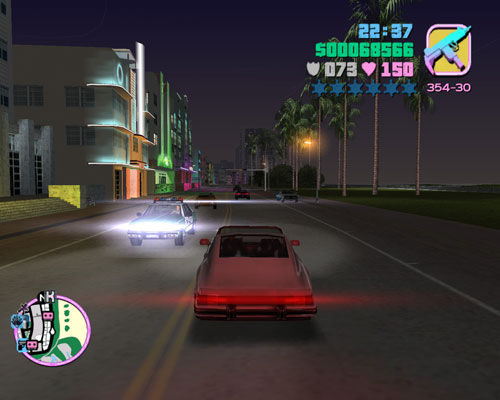
On my 'sight-seeing' day before the IA Summit started in earnest I got a cab to take me from the hotel and drop me at South Pointe Park. The plan was to walk along the beach and down Ocean Drive and then go to Lincoln Road. There was the surreal moment when I was enjoying a German beer and some free wifi at the Hofbräu München, and they stopped playing Falco, and started playing 99 Luftballons by Nena, which features on the GTA: Vice City soundtrack.
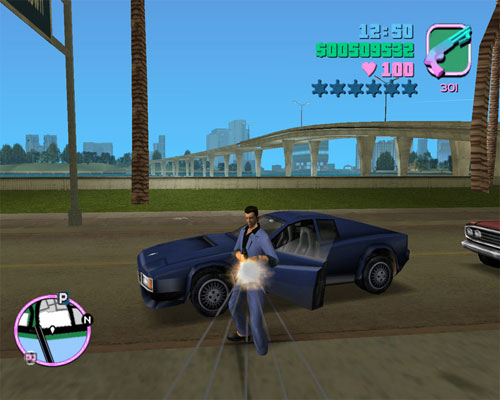
On the Tuesday after the conference I went on a walking tour around the South Beach Art Deco area. It is run by the Miami Design Preservation League. Presumably they are a right pain for anyone wanting to buy or develop property in the area, but have done a wonderful job of preserving Miami's 1930s architectural heritage.
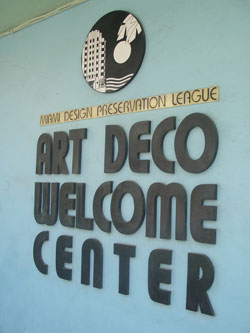
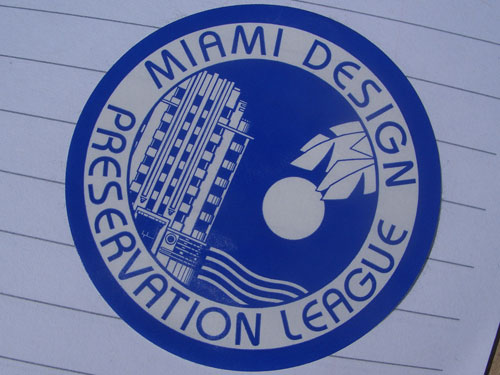
It was in the late 1970s that Barbara Capitman began campaigning for the architecture to be saved, in an area which had ceased being a playground for the rich and famous, and had instead become known as "God's waiting room" due to the large number of elderly retirees. Her campaign group was able to start buying up buildings that were falling into disrepair, like the Cardozo Hotel and Carlyle Hotel on Ocean Drive.
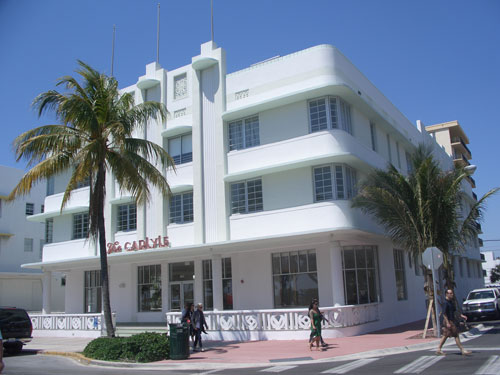
My tour was given by Kent Harrick, who was an entertaining and self-effacing guide. He had evidently devoted a lot of time to researching the history of the area. He was able, for example, to hand out postcards of the initial plans of a hotel like the Crescent, which showed that it had originally been intended to have a tower on top of the building. That explains why, contrary to the usual Art Deco style, the eye is drawn downwards, rather than skywards.
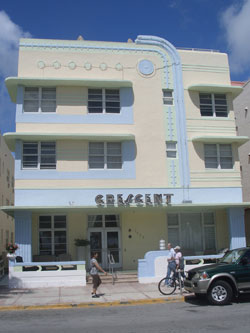
When I'd first walked around the South Beach area, I had been surprised at the colouring of the buildings. I had assumed that the pastel pinks and greens and neon I was used to from GTA: Vice City were an affectation of the eighties, but I found the same colour scheme to be intact today.
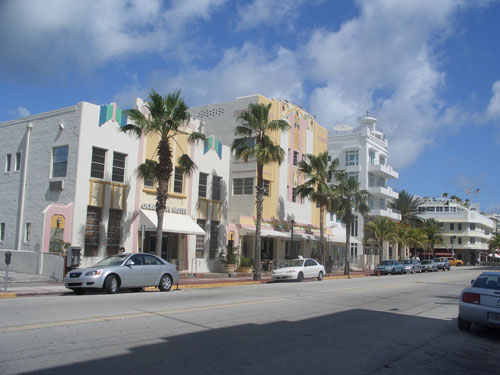
Actually, it turns out it is an affectation. The original colour schemes of the buildings in the 1930s would have been white, grey, black and beige. The tropical pastel schemes were originated by a designer called Leonard Horowitz as part of the late seventies and early eighties drive to preserve the buildings. Miami Beach now only allows buildings to be painted in a limited palette of colours to keep the uniform look.
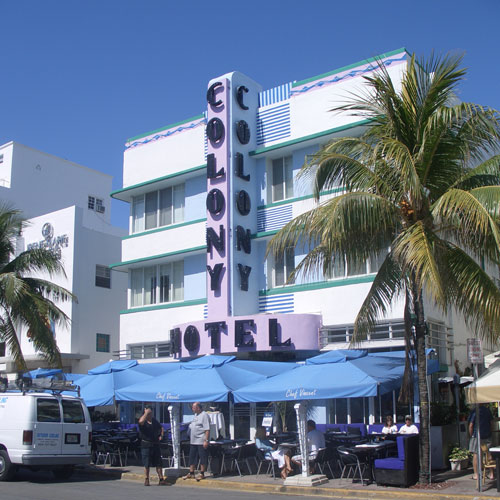
Sadly Horowitz died of AIDS-related complications in the late 1980s, and when you Google his name today, you are more likely to find information about 'Dr' Leonard Horowitz, a religious HIV/AIDS revisionist with dubious credentials and scientifically discredited views.
My tour guide described Miami as a city of fantasy and make believe, and came out with some quotes to back that up. Although Miami is synonymous with the flamingo, which features as a design motif all around the city, the birds actually find it almost impossible to survive in the region, and repeated attempts to make them native have failed.
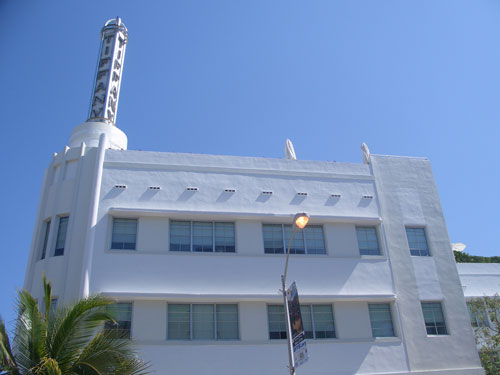
The sidewalks in Miami Beach are paved in red because 1920s property magnate Carl G Fisher wanted it to be a city of the rich and famous, who were always walking on 'the red carpet'. His investment in property in the Florida area suffered terribly following bad hurricanes and the stock market collapse of 1929. When he died in the late 30s he was worth around $50k, whereas at the height of his power he was estimated to be worth $50-60m.
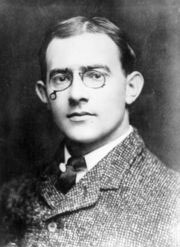
As part of the tour we went inside a few of the hotels that had been built in the Art Deco style. The most impressive one was the 'Victor' hotel, but sadly they do not allow photography inside. It was a real shame, as past the hotel reception they have an amazing lounge area with ocean themed fixtures and fittings, and an aquarium of jellyfish which forms the wall as you go into the bar. The Winterhaven interior was spectacular, as was that of the Essex, which featured octagonal portholes, looking out on another Art Deco style building.
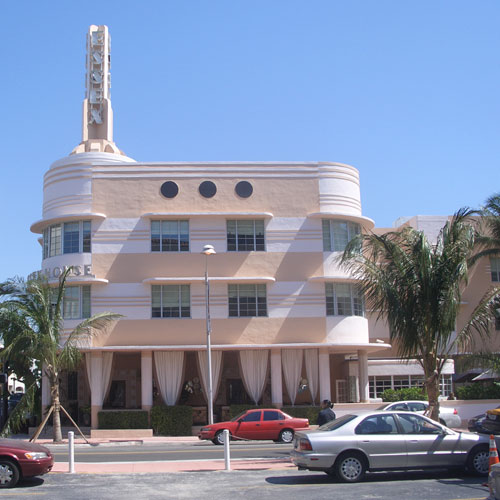
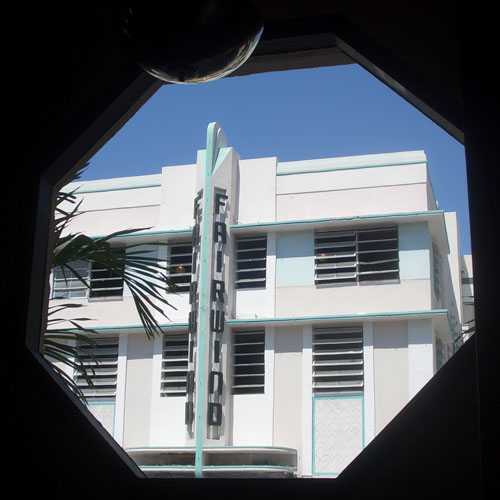
The tour lasted just over 1½ hours, and I thought it was well worth it for $20. It was very strange to be walking around the streets of a game I know so well
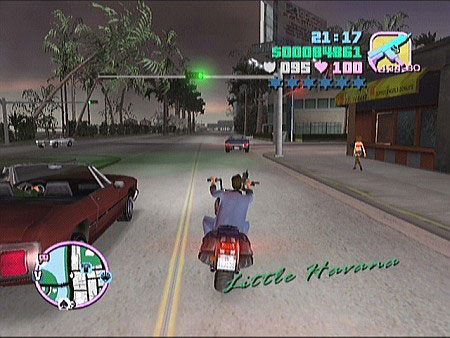
Every now and then I couldn't help thinking, oh yeah, you go down that alleyway to the left and there is a knuckle-duster you can pick-up at the back of the building.
I know exactly what you mean! I actually saw a guy walk past with a polo shirt, same colour shorts and jersey over his shoulders. I thought this was 2008 and not '80s America - surreal! I even had that notion of mugging him for the keys to the Porsche - strange what GTA can do to someone....
I love this architecture and find what you said about the original colours intuitively correct. But do photos remain of these buildings, before they became dirty and derelict? If not, why did Horowitz decide on pastels?
thanks
Helen Webberley